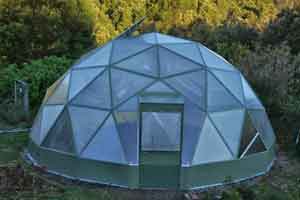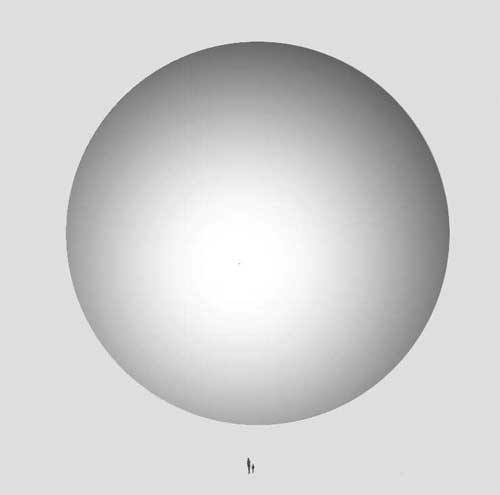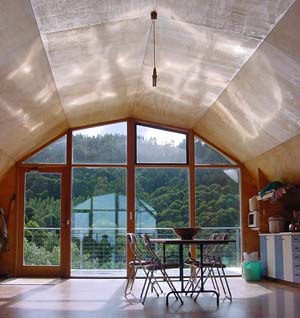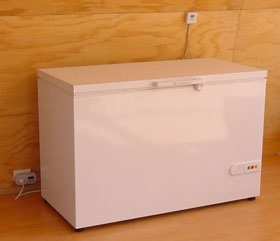Reflective blinds
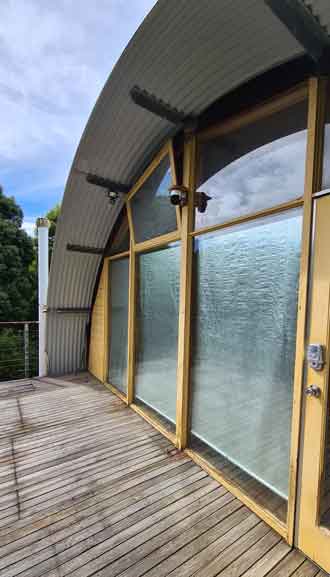
Having a well-insulated house is a good start, but what do we do to prevent excess of hot summer solar energy entering in through windows? Windows facing directly North can be shaded with small fixed awnings, because the summer Sun in Australia is high above the horizon.
But what do we do with windows facing East, West, NE and NW? When I did nothing, on sunny summer days Sun used to heat up my house through the eastern window to an uncomfortable 36oC by 9am. The sunshine entering the western window was doing much the same before sunset. On sunny days my well-insulated house was like a hot sauna with no easy way to cool it down.
So, what can we do with east and west windows to increase our summer comfort? Some people switch on their air-conditioner and/or buy a bigger one. As we could see it in some parts of Australia already, this approach leads to exhausting our power resources, power shortages and forced blackouts, not to mention an increase in greenhouse gas emissions.
Blocking the sun?
How about preventing unwanted summer sunshine entering our dwellings to begin with? If we can accomplish this, our well-insulated house can assist us to keep us cool in summer.
One option is to have some trees to shade eastern and western windows. The problem with this approach is that you cannot grow trees in a hurry. Also, you may have no room for them on your land. The other problem with tall vegetation is that it reduces the amount of light and sunshine in winter, when we prefer to let every ray of sunshine into our house. If you live in a bush fire risk area, like me, planting vegetation near the house may not be a very good idea.
External adjustable awnings and shutters are a possibility, but they are quite expensive, especially if your windows are high off the ground. External awnings are also very vulnerable to violent weather phenomena that we expect more of.
Curtains and blinds seem another option, but they actually do not keep the sun’s energy out. They absorb solar heat entering through the glass, get hot and radiate heat inside much like heaters.
Reflecting the sunshine back
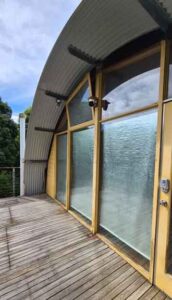
After a considerable success with my reflective solar heating for winter I decided to explore an idea of “reflective blinds” that reflect 95% of the summer sunshine right back, not letting it warm up the house interior.
Hoping that someone else encountered my problem and developed a product that addressed it, I started by searching for products available on the market. I quickly discovered that no one has ever heard about “reflective blinds”. The only reflective window product that I could find was a reflective blind for a car windscreen...
For my reflective blinds I decided to make use of inexpensive “roller blind kits”, available in hardware and furniture stores. For the reflective part I used a commonly available aluminum foil building product called “sisalation”. I recommend using the “tear resistant” sisalation, not only for its tear resistance, but also because it is available in reduced thickness. The thinner the sisalation is - the least bulky the blind will be when rolled up.
An important aspect of blinds is their aesthetic appearance. They should be coordinated with your taste and lifestyle.
For the outside surface there is not much choice – we have to leave the aluminum foil uncovered for the reflective function to work best. On the inside surface, however, we can laminate the fabric of our choice to match our décor. It is important to choose a fabric that is thin - as thin as possible. My choice was thin cotton.
Laminating blinds
I used the acrylic building glue called “Bondcrete” diluted with water to laminate the fabric onto the back surface of sisalation. A diluted water-based art adhesive can be used, but it could be more expensive. I rolled out the sisalation, aluminum foil down, on a flat non-abrasive surface (thin aluminum is quite delicate). Then I rolled my fabric tight onto a piece of plastic pipe so that I could unroll it evenly onto a glued surface. Using a roller I applied a thin layer of glue onto the sisalation and then rolled out the fabric from the pipe, pressing it with the pipe and smoothing any bubbles with hand.
An attempt of rolling the sisalation onto the fabric resulted in a disaster. The fabric absorbed too much glue from the roller and got glued to the table below. Not only that. When the laminate dried – the fabric shrunk, wrinkled the entire laminate and rendered it totally useless.
Cutting to size
Don’t try to laminate an exact-sized blind. It is much better to do an oversize lamination and then cut it to the required size when the glue is dry.
When my lamination dried, I marked two exactly parallel lines with a pencil and cut the required width with a sharp knife guided by a metal ruler. Since parallel edges are an important feature of a roller blind, this step is important. From the parallel edge strip I cut lengths required for each window.
At the bottom of each blind I have made a folded pocket for a dowel that helps the blind to stay unrolled. Installing the laminated blind on the roller blind kit was easy, since the kit contained a self-adhesive blind attachment surface and all instructions.
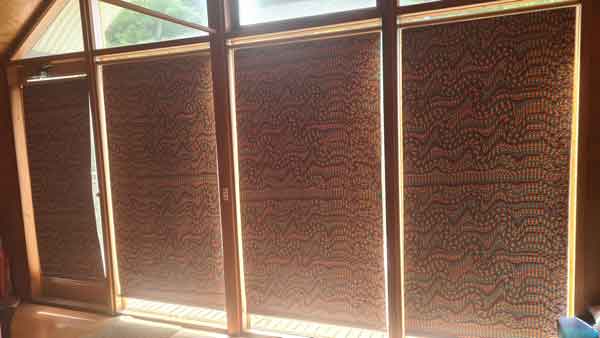
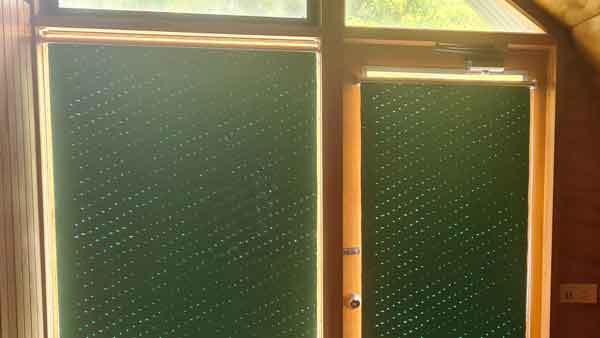
Reflective blinds from the inside. Left: blinds laminated with fabric. Right: Sisalation only
Results
Installed reflective blinds are shown in enclosed photos, made on a sunny day. Even though the aluminum foil reflects 95% of all sunshine - it looks surprisingly good from all directions. On the inside – the fabric is cool to touch, indicating that not much heat penetrates inside.
The blinds provide me with considerable control of the amount of solar heat that enters my house. I can let the sun in - or block it almost totally in a few seconds.
Even on the hottest summer day my house interior can stay cooler than the outside air – without any air-conditioning. All I need to do is to ventilate it at night with cooler air and remember to keep the reflective blinds down on the sunny side.
An unexpected bonus of installing reflective blinds turned out to be their winter application. When down, they help to keep the interior warm.
Another bonus is improving the chances of the house surviving a bush fire. Reflective blinds can reflect most radiant heat from the fire, preventing it from overheating the interior.


